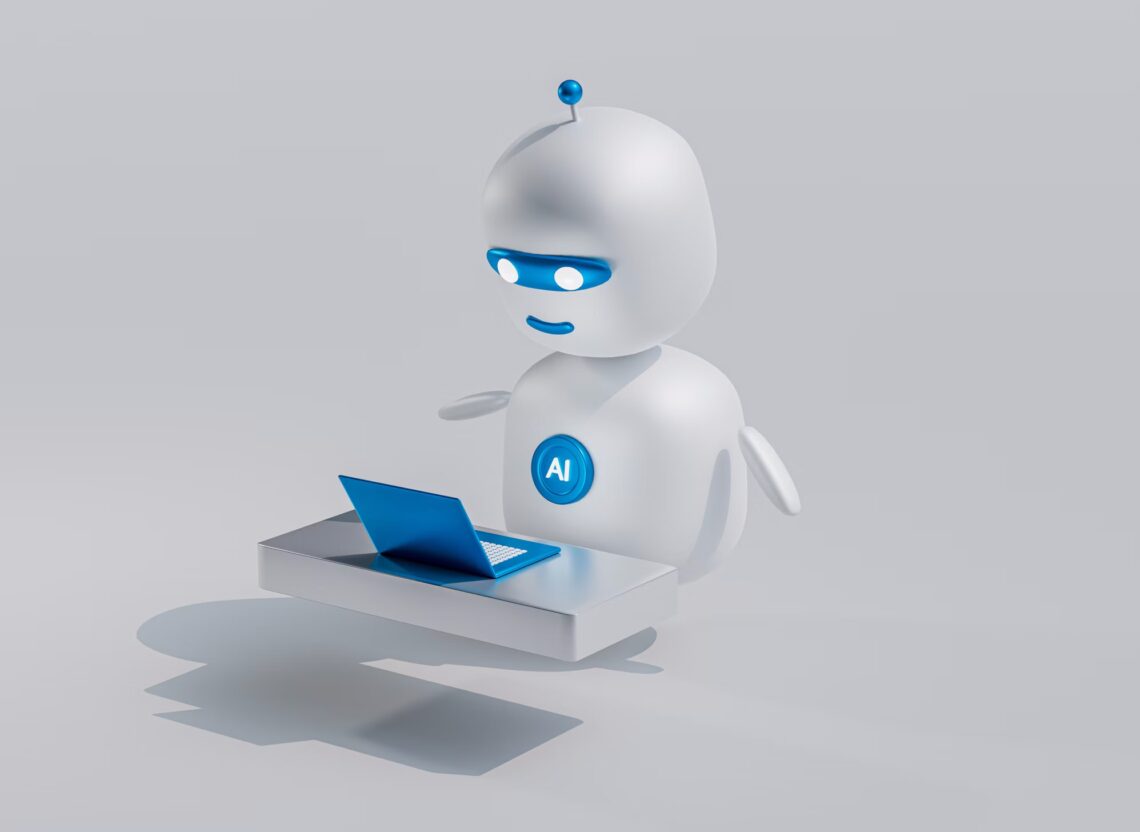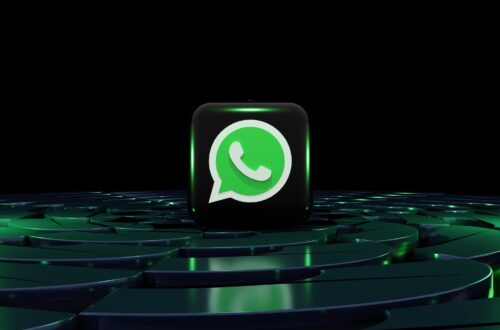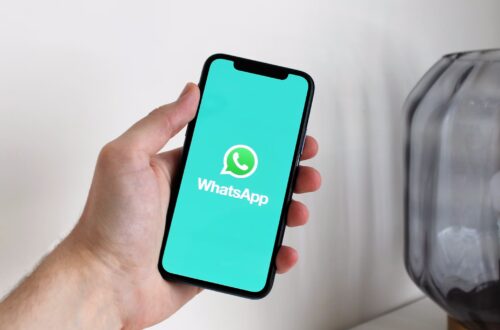Most business leaders hear about “WhatsApp AI chatbots” and think it’s a plug-and-play solution. Technically speaking—it’s not. A real, scalable WhatsApp AI chatbot setup requires multiple moving parts: APIs, hosting infrastructure, natural language models, and compliance workflows. But once deployed correctly, it can reduce response times by up to 80% and cut customer support costs by 30–40%.
This guide walks you through what actually goes into building and deploying a production-grade WhatsApp business bot—from choosing the right API provider to integrating AI and ensuring compliance with Meta’s evolving policies.
1. Understanding the WhatsApp API Ecosystem
Before you start building, you need to understand how WhatsApp’s business ecosystem works under the hood.
There are three primary layers:
- WhatsApp Business API (WABA): Provided through Meta or BSPs (Business Solution Providers) like Twilio, Gupshup, or 360Dialog. This is the backbone that connects your business backend to WhatsApp.
- Middleware / AI Layer: This is where your natural language model (e.g., GPT, Gemini, or custom LLM) processes messages, detects intent, and generates responses.
- CRM & Database Integration: Handles user data, lead history, ticket creation, and conversation tracking.
In practice:
“We architected our WABA setup to handle 10K concurrent sessions with a load-balanced API gateway—this gave us sub-400ms average response time even during campaign bursts.”
— Technical Operations Lead, EMEA Retail Client
The key takeaway: WhatsApp automation is only as strong as its integration stack.
2. Setting Up Your WhatsApp Business Account
Step one seems basic but is often mishandled—account verification and BSP onboarding.
Checklist for Setup:
- Register a verified business number with Meta.
- Choose a BSP (Business Solution Provider). Meta doesn’t allow direct access unless you’re a large enterprise.
- Configure webhook URLs for incoming messages.
- Set up message templates (required for outbound notifications).
Pro tip: Choose a BSP that supports AI integrations and webhooks easily—some low-cost providers throttle requests or have latency caps that cripple real-time responses.
In our deployments, Gupshup and 360Dialog tend to provide the most reliable throughput for high-volume use cases, though Twilio wins on global API stability.
3. Integrating the AI Engine
Here’s where the magic (and complexity) begins. The AI engine drives conversation flow, intent recognition, and personalization.
Common Architecture Pattern:
WhatsApp Message → Webhook → AI Processor → CRM → Response Dispatcher
The AI engine typically includes:
- Intent Classifier: Determines if the message is a query, complaint, booking, or request.
- Context Manager: Maintains memory across messages—vital for coherent multi-turn conversations.
- Response Generator: Uses NLP or LLM-based text generation.
- Fallback Logic: Handles edge cases when confidence scores drop below threshold (usually <0.7).
“We trained our AI pipeline on 500K anonymized chat logs—this reduced fallback triggers by 23% and improved customer satisfaction scores by 18%.”
— Product Manager, BFSI Deployment
Latency Target: Stay under 500ms total for response to feel real-time. Anything beyond one second breaks user rhythm.
4. Connecting to Your Business Systems
The biggest mistake companies make is treating the WhatsApp bot as a standalone tool. It should be part of a connected ecosystem—linked to CRM, ticketing, and analytics.
Typical Integrations Include:
- CRM (Salesforce / HubSpot): For lead tracking and customer profiles.
- Ticketing (Zendesk / Freshdesk): For escalation to human agents.
- Payment Gateways (Razorpay / Stripe): For in-chat transactions.
- Internal APIs: To fetch order details, invoices, or delivery updates.
Each integration needs secure authentication—OAuth 2.0 or JWT tokens—and should adhere to Meta’s privacy and data storage guidelines.
In practice: A financial client using Salesforce integration reduced manual data entry by 92%, and escalations dropped by 27% due to better context retention.
5. Compliance and Policy Considerations
Unlike most chat platforms, WhatsApp has strict compliance rules for automation. Violating them can lead to immediate number suspension.
Key Guardrails:
- 24-hour messaging window: AI can respond freely within 24 hours of last user interaction. Beyond that, only approved message templates can be used.
- Opt-in policy: Users must explicitly consent before receiving promotional messages.
- Data handling: Personally identifiable information (PII) cannot be stored without encryption and purpose limitation.
“We enforce message logging through secure queues with AES-256 encryption—meeting both GDPR and Meta’s audit readiness requirements.”
— Security Architect, Global SaaS Provider
6. Testing and Deployment
A robust WhatsApp AI implementation includes multi-stage testing:
- Sandbox Testing: Verify webhook logic and API calls using test numbers.
- User Simulation: Run 500–1000 scripted conversations to test accuracy, escalation triggers, and NLP fallbacks.
- Load Testing: Simulate concurrent sessions to check throughput and latency.
- Staged Rollout: Deploy to a limited audience before full production.
Use analytics dashboards to track KPIs like:
- Average response time
- Automation rate (%)
- Human escalation ratio
- Sentiment scores
- Conversation drop-offs
These metrics directly impact ROI, as automation efficiency correlates with cost-per-conversation reduction.
7. Post-Launch Optimization
Once live, your bot isn’t “done.” Optimization is an ongoing loop.
Continuous Improvement Framework:
- Data Collection: Log every interaction.
- Labeling: Tag unhandled intents.
- Model Retraining: Feed new data every 2–4 weeks.
- A/B Testing: Try alternate phrasings or response tones.
- Human-in-the-loop Review: Monitor 1% of chats for quality audits.
This process improves accuracy and keeps your model aligned with evolving customer language.
Typical gains: 15–25% automation improvement within the first 90 days post-deployment.
Technical Considerations Summary
| Factor | Why It Matters | Best Practice |
|---|---|---|
| Latency | Affects perceived intelligence | Aim <500ms end-to-end |
| Scalability | Prevents throttling during campaigns | Use queue + async processing |
| Security | Mandatory for compliance | End-to-end encryption |
| Model Maintenance | Avoids drift and stale data | Retrain monthly |
| Analytics | Links automation to ROI | Integrate with BI tools |
The Business Translation
All this engineering effort pays off only if it drives measurable business value. Companies adopting WhatsApp AI chatbots report:
- 2.5x higher conversion rates on lead campaigns.
- Up to 60% reduction in human agent load.
- Improved CSAT by 25–35 points within three months.
And because WhatsApp already has 2.7 billion active users, adoption friction is minimal compared to new app rollouts.
The strategic takeaway? Don’t just build a chatbot—build a connected, compliant, continuously learning conversational ecosystem.






